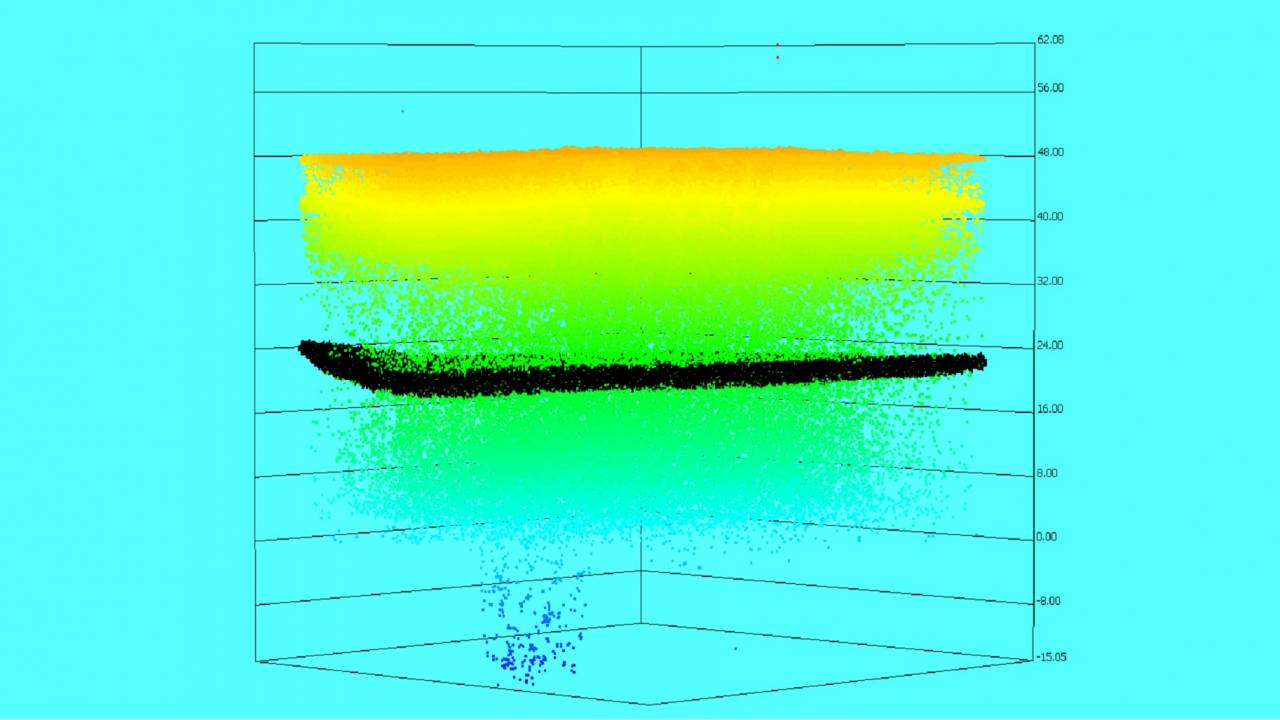Julian Le Deunf brilliantly defended his thesis "Machine learning on massive bathymetric data for the optimization of hydrographic survey systems" on Monday December 12, 2022. This work was carried out within the LUSSI department of IMT Atlantique and the Lab-STICC pole DMID team DECIDE, and also with the SHOM.
Keywords: Machine Learning; Outlier detection; Bathymetric data; Multi-criteria decision analysis

Visualization of a bathymetric point cloud from a bathymetric LiDAR, in black the points predicted as belonging to the sea floor.
Abstract: The mission of hydrographic services are to know and describe the physical marine environment in its interactions with the atmosphere, the seabed and coastal areas, to forecast its evolution and to ensure the dissemination of the corresponding informations. Within the framework of these missions, of which the safety of navigation is the key mission, they carry out campaigns at sea in order to acquire the maximum of bathymetric and oceanographic informations on a precise zone. In this manuscript, we propose different methods to facilitate the daily work of operators, by studying different levels of scales: micro, meso and macro. The micro level focuses on the data, and thus for our case the bathymetric soundings, in order to extract the maximum added value possible. The meso level will build from this bathymetric data the right information to detect outliers data via machine learning methods in bathymetric data. Finally, the macro level concentrates in the qualification of the survey in its entirety while taking into account the preferences of the end user via multiple-criteria decision analysis method.
